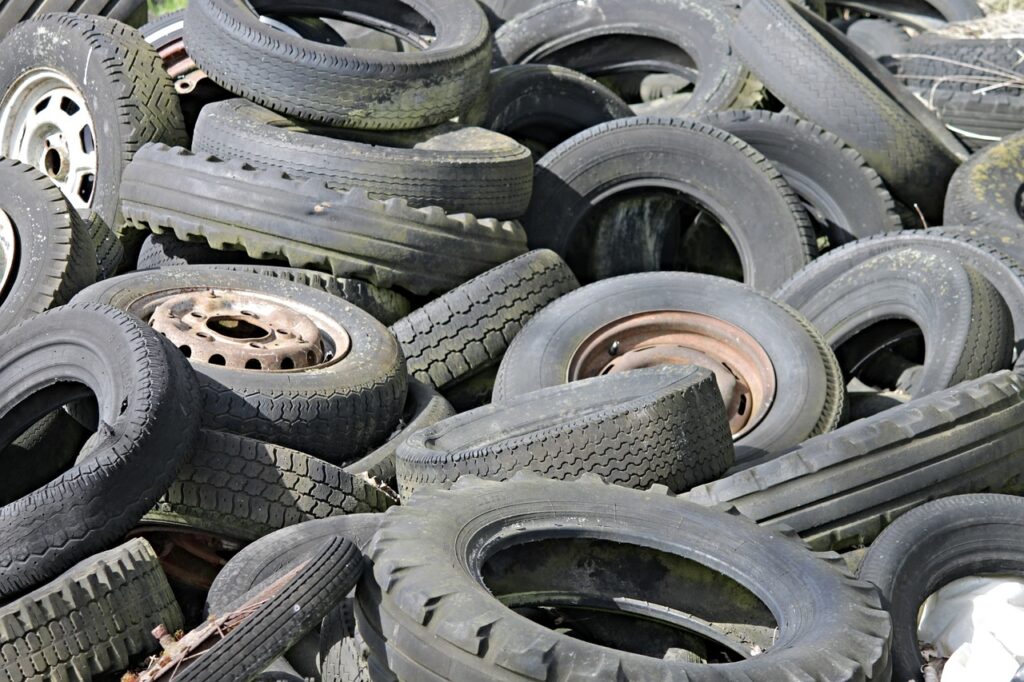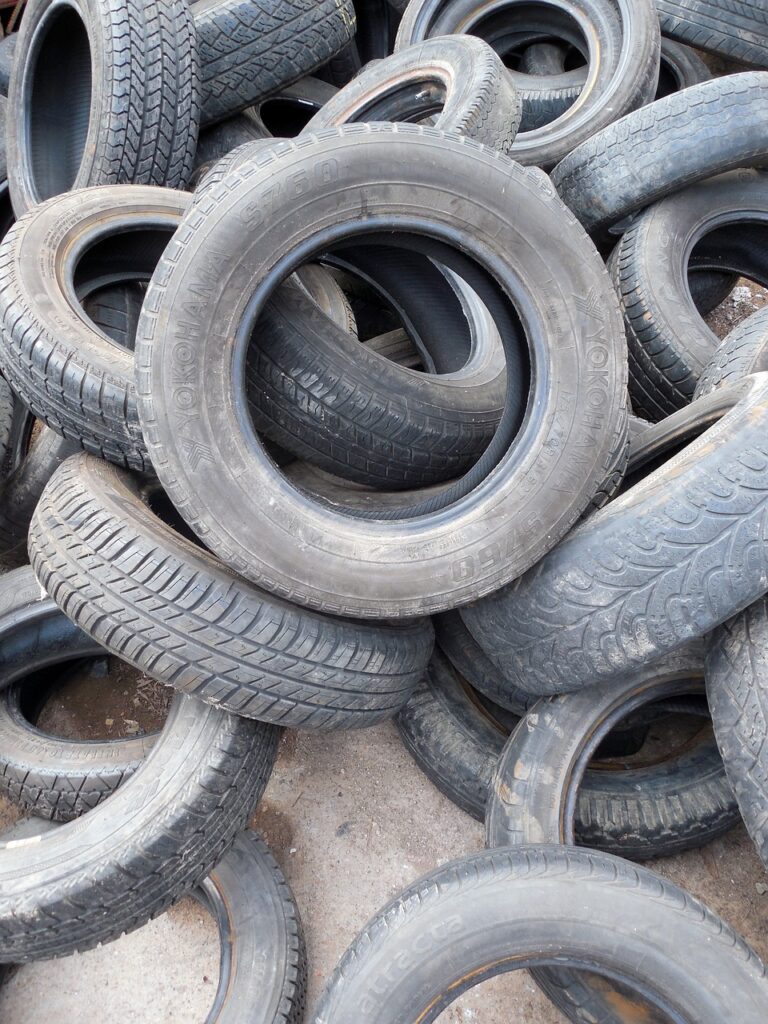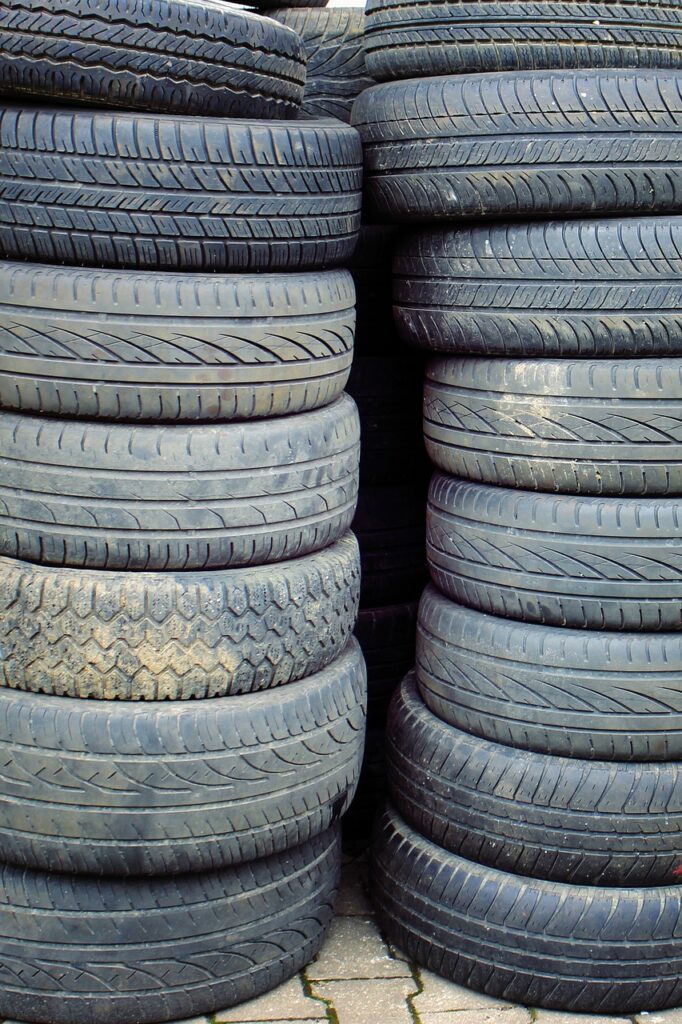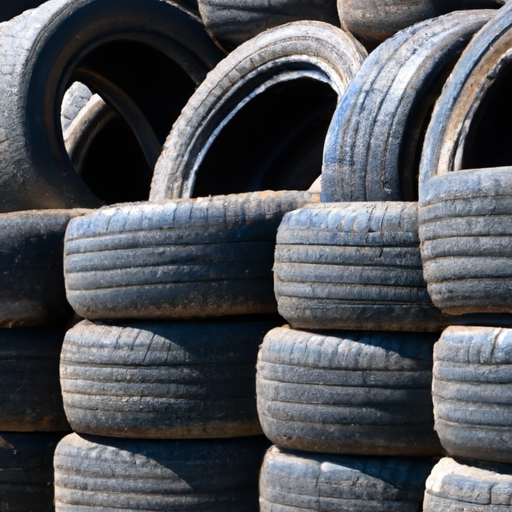Are you getting ready to swap out your winter tires for summer ones? As the weather warms up, many drivers start to think about the best way to store their winter tires. But what about your summer tires? Do they require any special storage conditions to keep them in optimal shape? In this article, we’ll explore whether summer tires have specific storage requirements and provide some tips to keep them in great condition until you’re ready to hit the road again. Yes, they do! Storing your summer tires properly is essential to ensure their longevity and performance. In this article, we will explore the advantages of storing summer tires, the importance of proper storage conditions, how to prepare the tires for storage, different methods of storing summer tires, recommended storage durations, maintenance practices during storage, recommended tools for storage, common storage mistakes to avoid, and answer some FAQs about summer tire storage. By following these guidelines, you can ensure that your summer tires are in top condition when it’s time to use them again.

Why Store Summer Tires?
Advantages of Storing Summer Tires
Storing your summer tires during the winter or when not in use provides several advantages. Firstly, it helps to maximize the lifespan of your tires. By storing them properly, you can protect them from degradation and premature wear. Secondly, storing summer tires allows you to free up space in your garage or storage area, reducing clutter and making it easier to access other items. Lastly, proper storage ensures that your summer tires are ready to perform optimally when you need them, providing you with a safer and smoother driving experience.
Importance of Proper Storage
Proper storage conditions play a crucial role in maintaining the integrity and performance of your summer tires. Factors such as temperature, humidity, sunlight exposure, and the storage location can all impact the quality of your tires over time. By understanding and implementing the correct storage techniques, you can prevent potential damage to your tires and prolong their lifespan.
Proper Storage Conditions
Temperature Range
When storing your summer tires, it is essential to choose a location with a stable temperature range. Extreme heat or cold can harm the rubber compounds of the tires, leading to cracking or deformation. Ideally, the temperature should be kept between 40°F (4°C) and 80°F (27°C). Avoid storing your tires in areas where temperatures can exceed these limits, such as attics or outdoor sheds that lack climate control.
Humidity Control
Humidity control is another critical factor in storing summer tires correctly. High levels of humidity can promote the growth of mold and mildew, leading to potential tire damage. It is best to store your tires in a dry environment with humidity levels below 60%. To achieve this, you can use dehumidifiers or moisture-absorbing products in the storage area.
Sunlight Exposure
Direct sunlight can harm the rubber compounds of your summer tires over time. UV rays can cause the rubber to deteriorate and become brittle. To prevent this, store your tires in a location that is shielded from direct sunlight. If storing them outdoors is inevitable, consider using tire covers or bags that provide UV protection.
Storage Location
Choosing the right storage location is crucial for the overall condition of your summer tires. Opt for a clean, dry, and well-ventilated area. Avoid storing them near sources of heat, such as furnaces or water heaters. Additionally, keep the tires away from any chemicals or solvents that could potentially damage the rubber. Storing them on racks or stands, rather than directly on the ground, will help prevent any moisture or oil absorption.
Preparing the Tires for Storage
Cleaning the Tires
Before storing your summer tires, it is essential to clean them thoroughly. Use warm soapy water and a soft bristle brush or sponge to remove any dirt, mud, or brake dust. Pay special attention to the tread and sidewalls to ensure all debris is removed. This helps prevent the buildup of contaminants that can potentially damage the rubber during storage.
Removing Debris and Foreign Objects
Inspect the tires for any foreign objects, such as nails or rocks, and remove them carefully. These objects can cause punctures or damage when stored, leading to tire failure when you eventually use them again.
Inspecting for Damage
Thoroughly inspect your summer tires for any signs of damage, such as cuts, bulges, or uneven wear. It is crucial to address any issues before storing them to prevent further damage or potential safety hazards when you reinstall them.
Proper Inflation
Ensure that your summer tires are properly inflated before storage. Refer to the manufacturer’s recommendations for the correct tire pressure. Underinflated or overinflated tires can lead to damage and affect their performance and lifespan.
Tire Rotation
Consider rotating your tires before storing them if necessary. Rotating them allows for even wear and ensures that all tires experience equal stress and pressure. This can help prolong their lifespan and maintain consistent performance.
Storing Summer Tires
Stacking or Hanging
When it comes to storing summer tires, you have two main options: stacking or hanging. Stacking tires vertically allows you to save space and stack multiple tires on top of each other. However, ensure that the weight of the stacked tires is evenly distributed to prevent deformation. Alternatively, hanging your tires is another space-saving option. Use tire racks or stands specifically designed for hanging tires to support their weight evenly.
Tire Bags or Covers
To further protect your summer tires during storage, consider using tire bags or covers. These provide an additional barrier against dust, debris, and UV rays. Opt for covers that are made from breathable materials to allow air circulation and prevent moisture buildup.
Tire Stands or Racks
Investing in tire stands or racks can be beneficial for storing your summer tires. These stands help maintain the shape of the tires and prevent flat spots from developing over extended periods. Choose stands that are compatible with your tire size and weight to ensure stability and support.
Avoiding Heavy Loads
When storing your summer tires, be mindful of placing heavy objects on top of them. Excessive weight can cause deformation and affect the tire’s overall condition. Avoid stacking items or placing heavy equipment on the tires to prevent any potential damage.
Separating Tires
If you are stacking your summer tires, consider using a non-abrasive material, such as cardboard or a tire separator, between each tire. This prevents friction and potential damage that can occur from contact between the tires during storage.
Avoiding Direct Contact with Concrete Surfaces
Direct contact with concrete surfaces can lead to the absorption of moisture and oils, causing damage to the rubber compounds of your summer tires. To prevent this, use tire stands, racks, or lay down a protective barrier, such as a tarp or wooden pallet, before placing the tires on concrete.

Recommended Storage Duration
Short-Term Storage
If you plan on storing your summer tires for a short period, such as a few months, it is still crucial to follow proper storage practices. By maintaining the recommended storage conditions and regularly inspecting the tires, you can ensure their performance and safety when reinstalling them.
Long-Term Storage
For long-term storage, such as over a year, it is essential to take extra precautions. Consider rotating the tires every six months to prevent flat spots and ensure even wear. Regularly inspect the tires for any signs of damage or degradation. Maintaining proper inflation and keeping the tires in a controlled environment will help preserve their quality over an extended period.
Maintenance during Storage
Regular Inspection
Perform regular inspections of your summer tires during storage. Check for any signs of damage, cracks, or bulges. Look for changes in tire pressure and address any issues promptly. Regular inspections allow you to address potential problems early on and take appropriate action, ensuring that your tires remain in top condition.
Tire Rotation
As mentioned earlier, consider rotating your tires during storage, especially for long-term storage. Rotating the tires every six months helps prevent flat spots and ensures even wear. This practice can prolong their lifespan and maintain consistent performance when you finally reinstall them.
Maintaining Proper Inflation
Check the tire pressure regularly during storage and ensure that it remains at the recommended levels. Fluctuations in temperature can affect tire pressure, so it is essential to monitor and adjust it accordingly. Proper inflation helps maintain the shape and integrity of the tires over time.
Avoiding Exposure to Chemicals or Solvents
Keep your summer tires away from any chemicals or solvents during storage. Exposure to these substances can cause damage to the rubber compounds, leading to deterioration and potential safety hazards when you use the tires again. Store them in a clean and chemical-free environment to preserve their quality.

Recommended Tools for Storage
To ensure effective and convenient summer tire storage, having the right tools on hand is helpful. Here are some recommended tools for tire storage:
Tire Stands or Racks
Invest in high-quality tire stands or racks to support the weight of your summer tires and prevent deformation. Choose stands or racks that are compatible with your tire size and weight for optimal support.
Tire Covers or Bags
Using tire covers or bags provides an additional layer of protection against dust, debris, and UV rays. Opt for covers made of breathable materials to allow air circulation and prevent moisture buildup.
Tire Pressure Gauge
A tire pressure gauge is essential for regular pressure checks during storage. Keep one handy to ensure that your tires remain properly inflated at all times.
Tire Tread Depth Gauge
A tire tread depth gauge allows you to monitor the depth of the tread during storage. Regularly checking the tread depth helps determine the remaining life of the tires and when it’s time for replacement.
Warm Soapy Water
Use warm soapy water to clean your summer tires before storage. This mild solution helps remove dirt, brake dust, and other contaminants without causing damage to the rubber.
Soft Bristle Brush or Sponge
A soft bristle brush or sponge is ideal for scrubbing and cleaning the surface of the tires. It allows you to remove dirt and grime effectively without scratching or damaging the rubber.
Air Compressor
An air compressor is handy for maintaining proper inflation of your summer tires during storage. It ensures that you can quickly and easily adjust the tire pressure as needed.
Common Storage Mistakes
Improper Cleaning
Failing to clean your summer tires before storage can lead to the buildup of contaminants that can potentially damage the rubber over time. Make sure to clean them thoroughly using warm soapy water and a soft bristle brush or sponge.
Improper Inflation
Storing your summer tires with incorrect tire pressure can lead to damage and affect their overall performance. Always check the inflation levels and adjust as necessary before storing them.
Storing in Unprotected Environment
Storing your summer tires in an environment with extreme temperatures, high humidity, or direct sunlight can cause damage to the tires. Choose a clean, dry, and well-ventilated area that provides appropriate protection.
Ignoring Regular Inspection
Failing to inspect your summer tires regularly during storage can result in undetected damage or degradation. Regular inspections allow you to address any issues promptly and ensure that your tires remain in top condition.

FAQs about Summer Tire Storage
Can I store my summer tires outdoors?
It is generally not recommended to store your summer tires outdoors, as they can be exposed to extreme temperatures, humidity, and sunlight. If storing them indoors is not feasible, ensure that they are properly covered and protected from the elements.
Can I stack my summer tires without a stand?
While stacking summer tires without a stand is possible, it is not recommended. Stacking without proper support can lead to deformation and damage. Using tire stands or racks provides better stability and helps maintain the shape of the tires.
Can I store my summer tires on concrete?
Storing summer tires directly on concrete surfaces is not advisable. Concrete can absorb moisture and oils, causing damage to the rubber compounds. Use tire stands, racks, or lay down a protective barrier, such as a tarp or wooden pallet, before placing the tires on the concrete.
Conclusion
Properly storing your summer tires is crucial to maintain their performance, longevity, and overall condition. By following the recommended storage practices outlined in this article, including maintaining the correct temperature range, humidity control, and protecting the tires from sunlight exposure, you can ensure that your summer tires are ready to perform optimally when you need them. Remember to prepare the tires for storage by cleaning them, removing debris, inspecting for damage, ensuring proper inflation, and considering tire rotation. Take the time to choose the appropriate storage method, such as stacking or hanging, and use tire bags or covers to provide additional protection. Regularly inspect your tires during storage and address any issues promptly. By following these guidelines and avoiding common storage mistakes, you can extend the lifespan of your summer tires and ensure your safety on the road.


